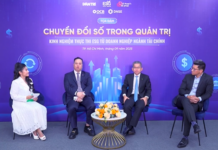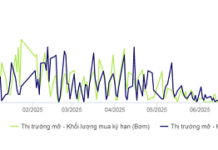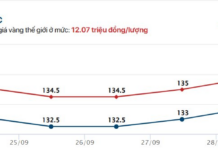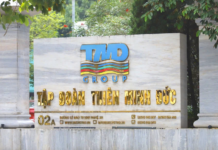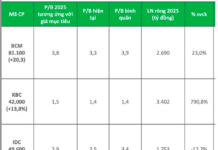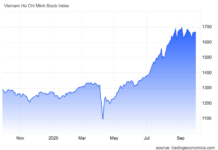Nuclear Energy
The nuclear energy fervor has reached Southeast Asia, a region heavily reliant on coal and gas for electricity but lacking operational nuclear reactors.
As nuclear power experiences a global resurgence, Southeast Asia’s rapidly growing economies are drafting plans to deploy nuclear reactors to meet soaring electricity demands while reducing carbon emissions.
While Asia, led by China and India, dominates global nuclear power development and reactor construction, Southeast Asia has yet to commission its first nuclear reactor. This could change by 2030, with small modular reactor (SMR) technology likely driving much of the region’s future nuclear energy production.
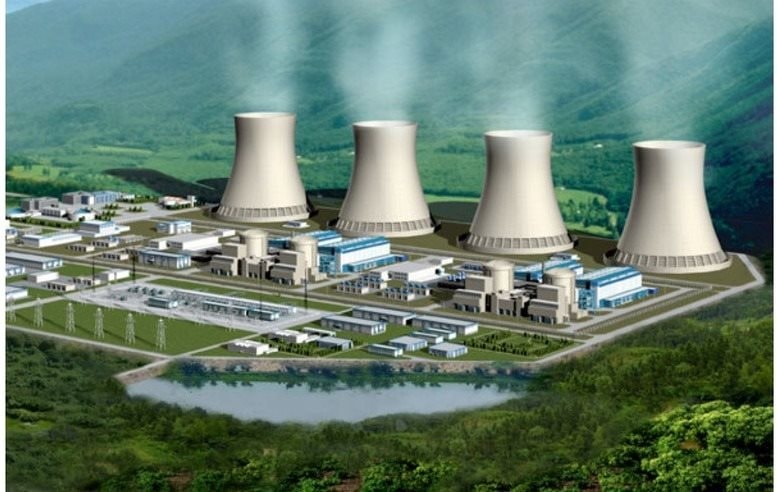
Nuclear Power: A Path to Reducing Coal Dependence
SMRs are touted for their simpler, cost-effective construction and installation. Their compact size allows deployment in locations unsuitable for larger reactors. They are significantly cheaper and faster to build than conventional reactors, enabling incremental expansion to meet growing energy demands.
Southeast Asian nations face challenges in planning, public consensus, funding, and safety before their first nuclear reactors can operate.
Yet, the promise of emission-free electricity from nuclear power is hard to ignore in a region dominated by coal.
For instance, Vietnam leads the region in solar and wind energy growth, outpacing Thailand and the Philippines. However, as electricity demand more than doubled over the past decade, Vietnam met this surge by doubling coal-fired power capacity.
According to Global Energy Monitor (GEM), Vietnam added 14 GW of coal capacity since 2015, reaching 27.2 GW by 2024, with an additional 5.9 GW under development.
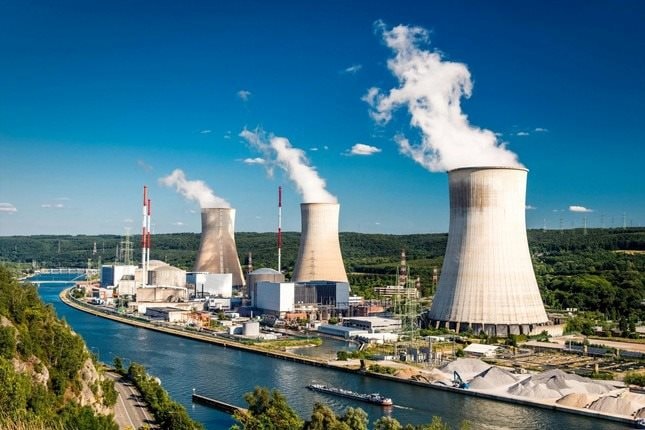
A recent Wood Mackenzie report highlights Vietnam’s leadership in Southeast Asia’s nuclear energy plans.
The energy consultancy forecasts Vietnam’s earliest capacity addition by 2030, potentially making it the region’s sole operator of conventional pressurized water reactors (PWRs).
Other nations will prioritize SMRs, WoodMac notes.
The Cost of Nuclear Energy
However, Southeast Asia faces a long road to nuclear power generation, Wood Mackenzie analysts caution.
Indonesia, Southeast Asia’s largest economy, plans two 250 MW SMR units in its 10-year electricity supply plan, targeting 5% nuclear power by 2040. The Philippines considers SMRs, aiming for 2.4 GW by 2050, though Wood Mackenzie predicts only half that capacity. Thailand explores 600 MW of nuclear power by 2037, expanding to 3 GW by 2050, comprising 5% of total generation.
Collectively, these ambitious projects require $208 billion to develop 25 GW by 2050. Developing a large-scale conventional nuclear plant from initial licensing to operation can take 10–30 years, even longer in a region without nuclear experience.
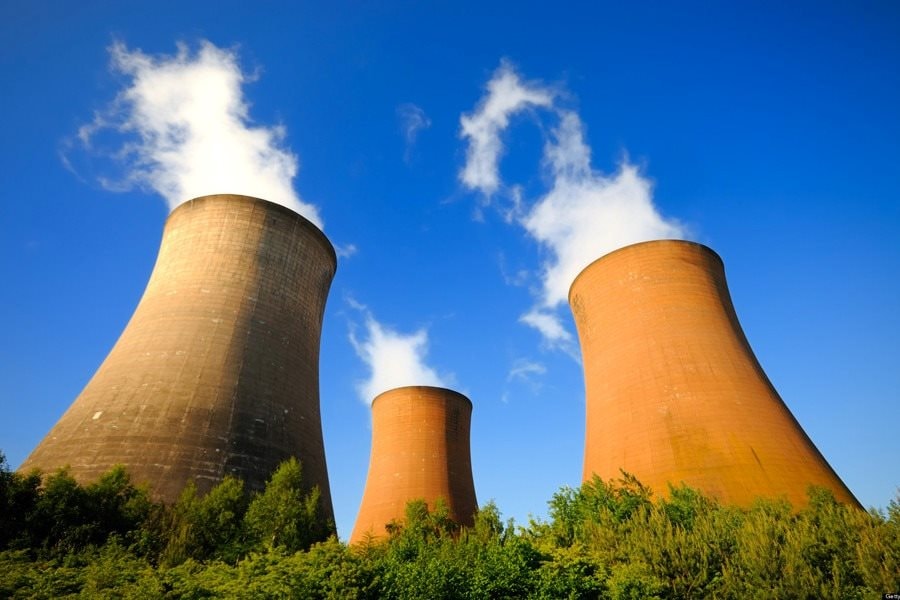
Only Vietnam considers building a pressurized water reactor (PWR), WoodMac notes.
“Historically, licensing large nuclear plants took 5–15 years, plus another 5–15 years for construction. In contrast, SMRs can move from approval to operation in 2–3 years with supportive policies,” Liew added.
This rapid timeline could transform markets like Southeast Asia, where faster energy transitions are increasingly urgent.
Despite global nuclear momentum and Southeast Asia’s nuclear ambitions, significant challenges remain in achieving 24/7 low-emission power from reactors.
“Regulatory hurdles, public skepticism, geopolitical sensitivities, and limited technical capacity are key challenges,” the Southeast Asia Public Policy Institute noted in a recent report.
While SMRs offer potential solutions, they cannot address all structural issues alone.
“Real progress requires coordinated regional action and stronger political commitment,” the institute stated.
WoodMac’s Liew emphasized, “The region’s nuclear aspirations hinge on developing suitable regulatory frameworks and securing experienced international partners.”
In a late February 2025 interview with Vietnam Oil and Gas Group, Dr. Nguyen Anh Tuan, Vice Chairman of the Vietnam Energy Association, stated that the planned 2 x 2,000 MW nuclear power plants in Phuoc Dinh and Vinh Hai communes require approximately $24 billion (over 600 trillion VND). Including interest, land acquisition, infrastructure, consulting, and training costs, the total could rise by 10–15%.
The Prime Minister expects Vietnam to complete the Ninh Thuan Nuclear Power Plant by December 31, 2023, commemorating the 85th anniversary of the nation’s founding and the 100th anniversary of the Party’s establishment—a timeline of just over five years for preparation and construction.
Today’s Pepper Price (20/9): Fluctuates Between 147,000 – 150,000 VND/kg
Pepper prices are poised for a significant surge in the coming period as dwindling inventories continue to tighten the market.
U.S. Corporations Eager to Partner with T&T Group to Advance Vietnam’s Aviation Sector
Recently, in Hanoi, T&T Group and the U.S. Embassy in Vietnam jointly hosted a seminar on Vietnam-U.S. Aviation Cooperation. During the event, key insights were shared regarding strategic developments in the aviation sector between the two nations.






